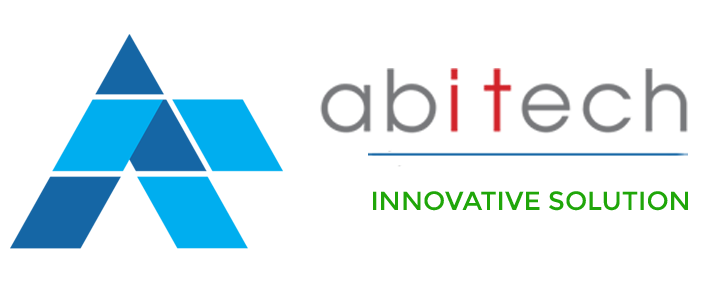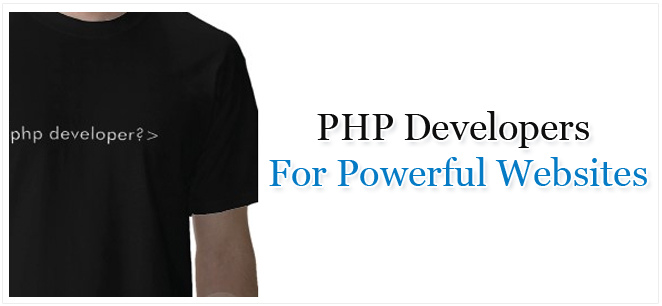Before we proceed with understanding the differences between MEAN Stack Developer and FULL Stack Developer, we must ensure we have a decent understanding of what Front-end and Back-end development is.


The web development process can be divided into:
Front-end development:
Front-end development is concerned with the look and feel of the website. How users can actually interact with a particular site or application and offer them appreciable UI experience holds the key. For example, the design of Call-to-action button on a website or App should be optimized for different web browsers and devices. If you’re a front developer, you need to know HTML5, CSS3, JS and frameworks such as JQuery, Angular, Foundation, Boostrap, etc.
Back-end development:
Back-end development covers tasks relating to making the website more functional. Integration of features that makes the site or an app faster becomes the primary responsibilities of a back-end developer. It is important for a back-end developer to acquire working knowledge of JavaScript, PHP, Ruby on Rails, Python, etc. Over and above these languages, back-end developers should know the corresponding frameworks of the language they learn. For example, a developer that knows PHP should understand CodeIgniter, Laravel and other-corresponding PHP-based frameworks. Likewise, if you know JavaScript, you must be familiar with frameworks such as Node.js, Express.js, etc.
Usually, developers would want to work one of the aforementioned domains. However, developers who work both on the front-end as well as the back-end are called full-stack developers.
Because there are a number of multiple server-side programming languages that aspiring developers can learn — JavaScript, PHP, etc. While the front-end technology doesn’t change, back-end technology varies project-wise.
For instance, Python developers and PHP developers both use HTML, CSS3, and JQuery to work on the front-end, whilst PHP developers and Python developers would use PHP and Python respectively for back-end. Based on what back-end technology developers use, they are further known as LAMP developer, MEAN stack developer and WAMP developer.
LAMP developer— Use PHP and Linux server for back-end development. (For front-end use JS, HTML, CSS, etc).
MEAN stack developer —JavaScript is used for back-end development as well as front-end development.
You may probably know that JavaScript was just a front-end language. However, now JS is also used for back-end development. In this case, you will need to learn only JS and work with it to be a full-stack developer; you don’t have to pick any new server-side scripting language to be a full-stack developer.
To work on front-end and back-end development (to be a full-stack developer) you don’t need to learn a new server-side programming language. You can work with just JavaScript.
MEAN stack developers have a working knowledge of the following technologies:
Node.js— For building websites/apps that can support high traffic easily, and back-end development.
Express.js, MongoDB & Angular — Mainly for back-end development, databases and front-end development respectively.
MEAN stack is popular for the scalability it provides. Products developed with MEAN stack can handle traffic easily without affecting the product’s performance. All JS-based frameworks provide better scalability compared to others. In fact, companies previously using PHP and other primitive technologies have shifted base to MEAN stack.



About The Author: Admin Abi-Tech
More posts by Admin Abi-Tech